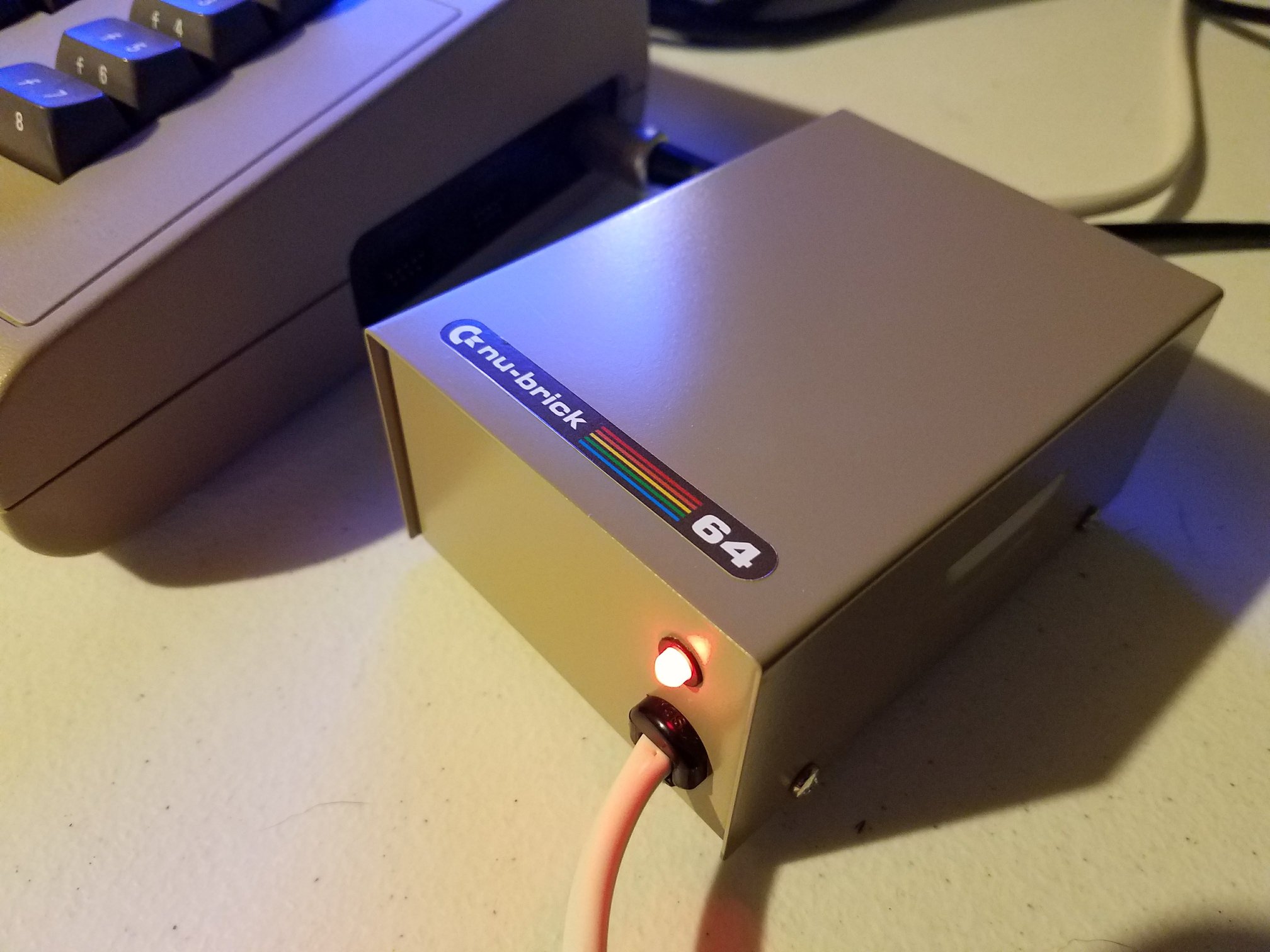In this engaging continuation of Tim’s project, he dives deeper into building the Denise Mini-ITX Amiga board. This project aims to recreate the Amiga 500+ in a compact form factor, and it’s packed with exciting upgrades. Tim showcases each step of the assembly process, from soldering components to testing the board, giving viewers an up-close look at the meticulous work involved in building a custom motherboard. This build not only highlights the challenges of DIY electronics but also demonstrates the rewards of bringing vintage technology into the modern world.
The Denise Mini-ITX Amiga Board: A Revolutionary Upgrade
The Denise Mini-ITX Amiga board is a custom project designed to replace the iconic Amiga 500+ in a much smaller, more modern form. It’s built to fit into a standard Mini-ITX case, making it a significant step forward for the Amiga community. The board supports two Zorro II slots and a 72-pin SIMM slot for 2MB of chip RAM, making it highly versatile. It also includes compatibility for PS/2 keyboards and mice, ensuring that users can easily connect peripherals. Tim walks us through this intricate process, revealing the upgrades that make this project both a technical marvel and a labor of love for Amiga enthusiasts.
Surface Mount Assembly: Getting the Basics Right
Tim kicks off the build by focusing on the surface mount components. After a quick inventory check and some corrections to earlier assembly steps, Tim begins soldering capacitors and resistors onto the Denise board. Viewers are treated to detailed, close-up shots of Tim’s soldering technique, where he discusses the challenges of working with tiny components. Despite some early setbacks with parts not fitting, Tim powers through and manages to continue the assembly, showing the precision and skill required for surface-mount soldering.
Overcoming Challenges with RAM and Chips
After assembling the surface-mount components, Tim moves on to installing the RAM chips. This step requires careful attention to detail, as the chips must be aligned correctly. Tim uses a variety of techniques, such as tacking down the pins with solder and performing continuity tests to ensure that each chip is properly installed. As the build progresses, he runs into a couple of challenges, including missing parts and issues with chip alignment. However, Tim’s persistence and attention to detail keep the project on track.
Diagnosing Issues: Magic Smoke and the Yellow Screen
After completing the assembly, the moment of truth arrives: turning the board on for the first time. Initially, there’s no display, only a faint smell of magic smoke. Upon troubleshooting, Tim discovers that the 74 HC245 chips were incorrectly installed, leading to the failed boot. With a bit of tweaking and careful reinstallation, Tim powers the board on again—this time, he gets a green screen, signaling that progress is being made. Unfortunately, there are still RAM issues, and the board doesn’t fully boot up. Tim uses a thermal imager to identify hot spots, offering insights into how he’s diagnosing the board’s issues.
Conclusion: What’s Next for the Denise Mini-ITX Build?
As Tim encounters further challenges with the RAM and other components, he shares his troubleshooting process and the steps he’s taking to get the Denise board fully operational. This build may not be complete yet, but Tim’s transparent approach provides valuable insight into the complexities of building and repairing vintage electronics. He concludes by discussing the next steps in the process, including replacing a faulty chip and running more tests.
Tim’s project is a fascinating look into the world of custom Amiga builds, providing both technical tips and a behind-the-scenes look at the persistence required to bring old technology back to life. Whether you’re an experienced builder or just getting started, this video is a must-watch for anyone interested in the Amiga and retro computing.
Anyone interested can pick up their own Denise PCB from Tindie or Flamelily, and full details are on Enterlogic’s project page.







